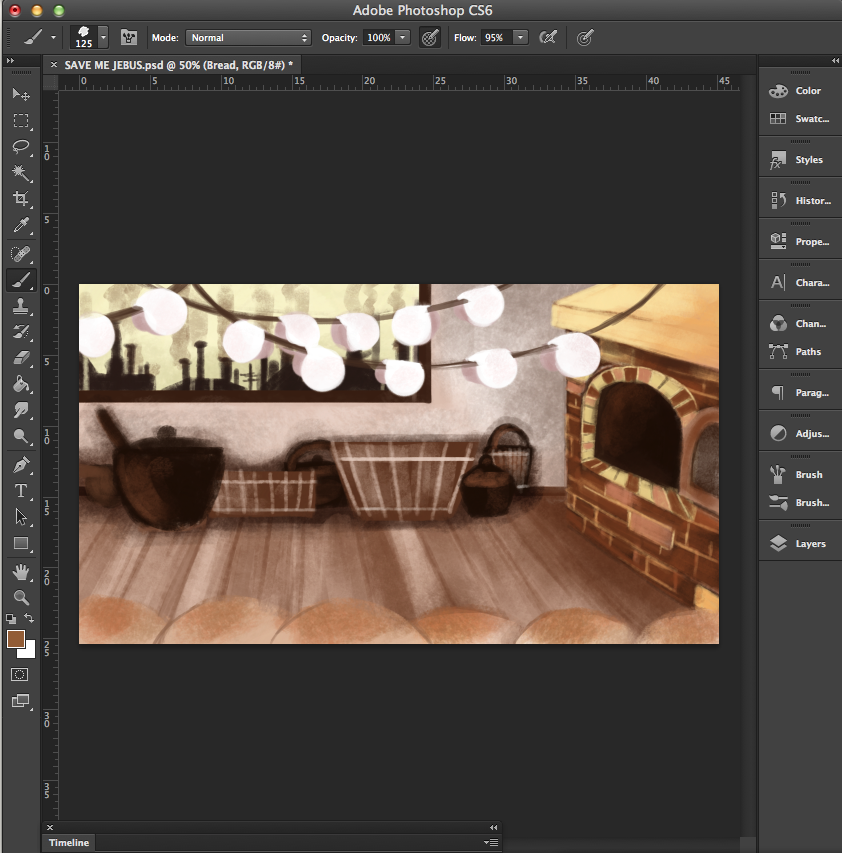Some people with autism have difficulty processing intense, multiple sensory experiences at once. This animation gives the viewer a glimpse into sensory overload, and how often our sensory overload, and how often our sensory experiences intertwine in everyday life.
Sensory Overload was created as part of Mark Jonathan Harris' and Marhsa Kinder's Interacting with Autism, a three year transmedia project funded by the federal Agency for Health Research and Quality. University Professor Marsha Kinder, the Executive Director of the Labyrinth Project at USC, and Mark Harris are heading a team of filmmakers and artists working to build an interactive, video intensive website that will focus on the best available treatments for autism.
I found this to be an amazing if not insightful visual piece about what people with autism face each day, this was just so effectively done without there being any need for a wordy scripts or texts, and I don't think I was given a better understanding of what some of these folks face than what this animation piece has shown me.
While this is mainly a rotoscope animation (Much like A Scanner Darkly), the choices of colours and line art style was able to effectively convey how frightening even small actions can be to a person with autism. The splurges of aggressive colours disrupting an otherwise 'cleanly lined' universe really added to it all, that even a simply tapping of a pen against a soft notepad proves stressful to the subject. Of course, the harsh sounds was what truly show how scary most of these things appear to be, but once again, the visuals really went well with the cringing sound effects (I am honestly too afraid to watch similar videos now after accidentally chancing upon one that nearly made me deaf earlier today).
I absolutely had no idea how terrifying it can be for them (I am aware that this does not refer to all people with autism), especially when they are outside, trying to go about their lives just like everyone else, to think that this is what they have to deal with on most days... fills me with a deeper understanding for them. It really just goes to show how powerful visual pieces can be without having to do with too much talking. When done right, wordless visuals can convey a stronger message than any piece of text can.
























































